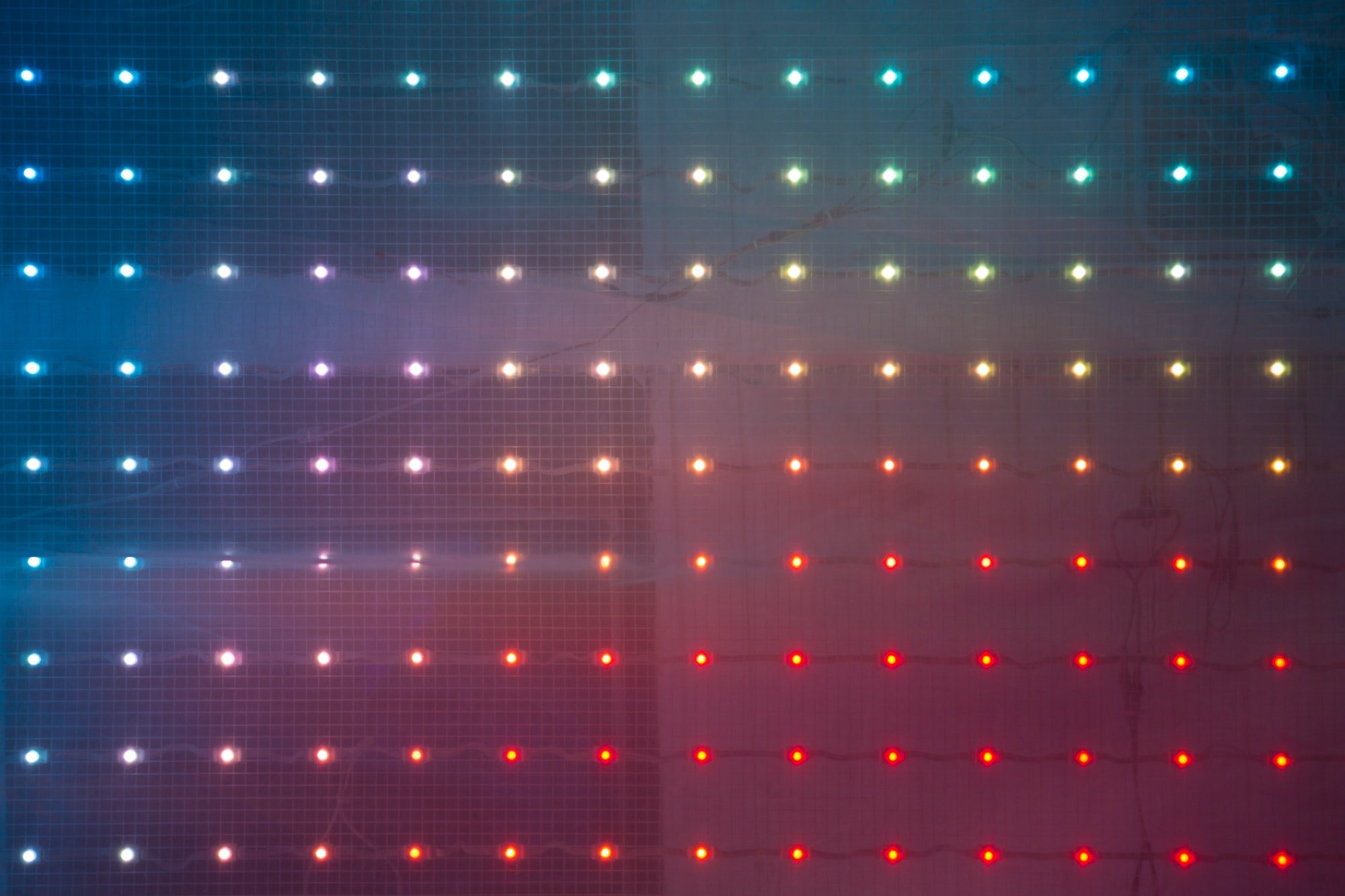Photobioreactors (PBRs) are closed systems designed for efficient cultivation of microalgae, offering precise control over environmental conditions and minimizing contamination risks. PBRs have shown great potential in lab-scale studies, producing high-value compounds such as lipids, proteins, and pigments at high productivities. However, scaling up these systems to industrial levels remains a significant challenge due to the complex interplay between biological, physical, and engineering factors.
One of the main challenges in scaling up PBR systems is maintaining optimal light distribution throughout the reactor. Microalgae require light for photosynthesis, and an insufficient or uneven supply can limit productivity. In lab-scale systems, light is typically provided by fluorescent lamps or LEDs placed close to the reactor walls. However, as the reactor size increases, the distance between the light source and the center of the reactor also increases, leading to significant light attenuation and reduced photosynthetic efficiency.
To address this issue, researchers have explored various strategies for enhancing light distribution in large-scale PBRs. One approach involves optimizing reactor geometry to maximize surface area-to-volume ratio, thereby increasing light availability per unit volume. For example, flat-panel reactors with thin cultivation layers have been shown to achieve higher productivities than tubular or column reactors with thicker layers. Another approach is to incorporate light-scattering materials into the reactor walls or use internal reflectors to redistribute light more evenly throughout the culture.
Another challenge in scaling up PBR systems is maintaining stable temperature and gas exchange conditions. As reactor size increases, heat generated by photosynthesis and microbial metabolism can accumulate more rapidly than it can be dissipated through passive cooling mechanisms. This can lead to overheating and reduced productivity, especially in outdoor PBRs exposed to direct sunlight. To overcome this issue, researchers have developed various active cooling strategies such as water jackets, heat exchangers, or evaporative cooling systems.
Gas exchange is also critical for maintaining optimal CO2 and O2 levels in the culture. In small-scale PBRs, gas exchange can be achieved through simple bubbling or surface aeration. However, in large-scale systems, these methods may not provide sufficient mass transfer rates, leading to CO2 limitation and O2 accumulation, both of which can inhibit microalgae growth. To address this challenge, researchers have explored various strategies for enhancing gas exchange, including sparging with CO2-enriched air, using membrane contactors, or employing airlift reactors with improved mixing characteristics.
A third challenge in scaling up PBR systems is managing the increased complexity and cost associated with larger-scale operations. For example, larger reactors require more extensive infrastructure for nutrient supply, waste removal, and process control. Additionally, the energy consumption associated with active cooling and gas exchange systems can significantly add to operational costs. To overcome these challenges, researchers are exploring novel reactor designs and materials that can minimize energy inputs while maintaining optimal growth conditions.
In conclusion, scaling up photobioreactor systems from lab-scale to industrial-scale remains a significant challenge due to the complex interplay between biological, physical, and engineering factors. However, ongoing research into reactor design optimization and process control strategies holds promise for overcoming these challenges and enabling large-scale production of valuable microalgae-derived products. As the demand for sustainable biomass sources continues to grow, further advancements in PBR technology will be crucial for unlocking the full potential of microalgae as a renewable resource.


